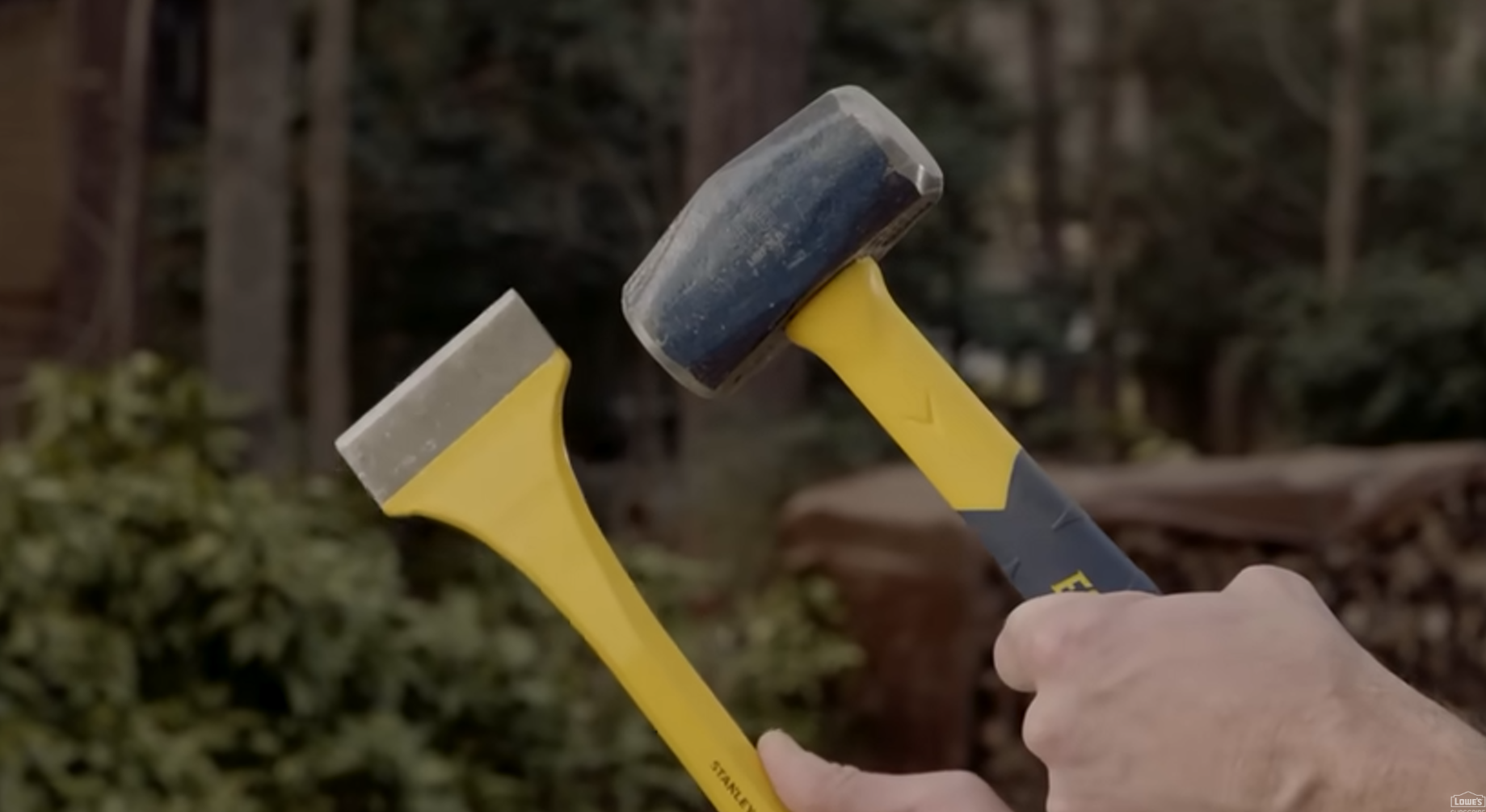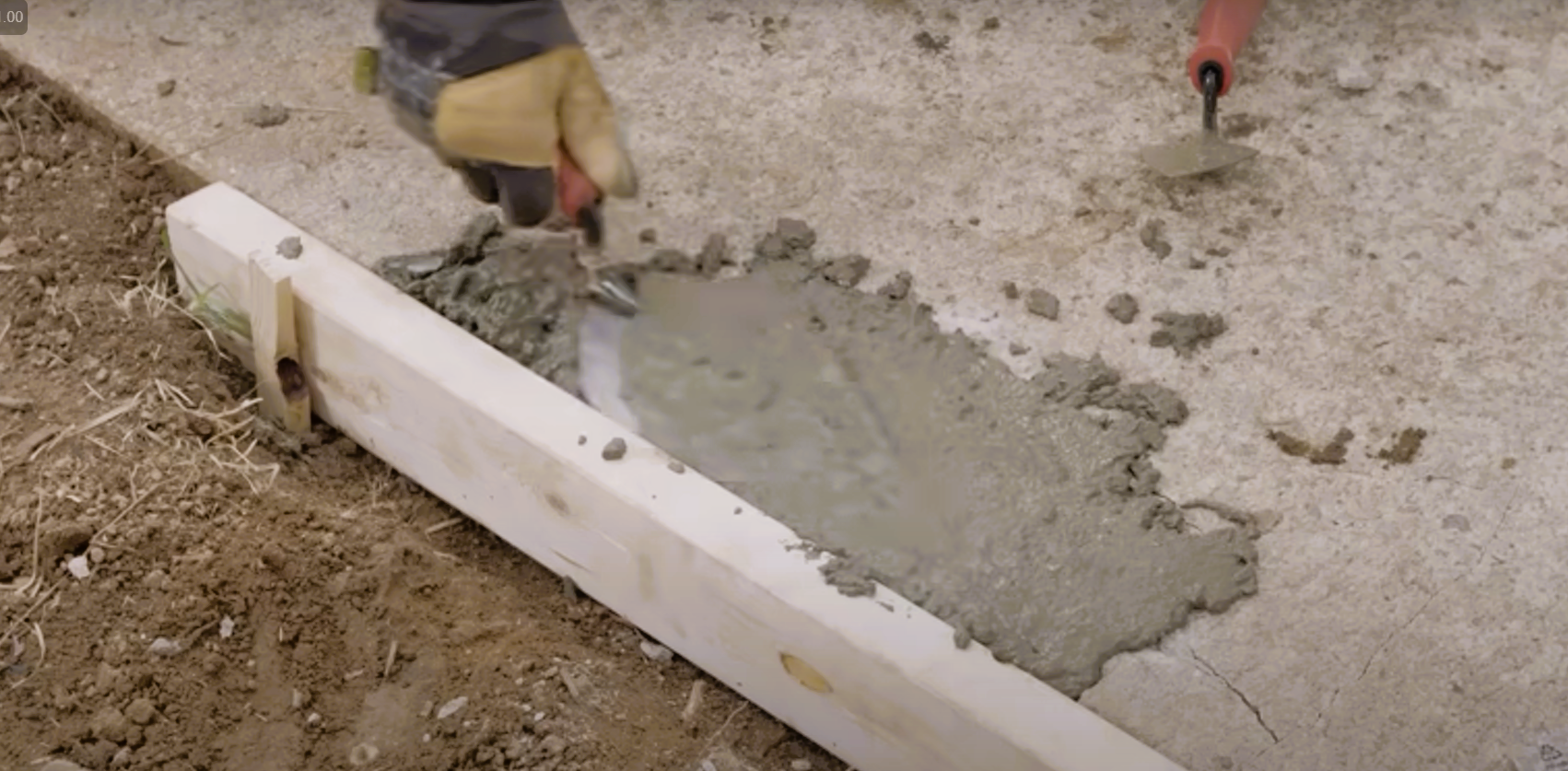Concrete Crack Repair: Everything you need to know


Concrete Cracks Happen—But They’re Fixable
From tiny hairline cracks in your basement to more serious damage in your driveway, concrete cracking is a common issue—but it doesn’t have to be a lasting one. Knowing how to evaluate and repair these cracks can help you avoid costly fixes and safety concerns down the road. In this guide, you’ll learn what causes concrete to crack, how to repair it properly, and tips to prevent it from happening again.
Why Does Concrete Crack?
Concrete is strong, but it's not perfect—and cracking happens more often than you might think. Here are some common reasons why:
- Shrinkage: As concrete dries, it loses moisture and shrinks a bit, which can cause small cracks to appear.
- Weather Changes: Hot and cold temps—especially freezing and thawing—make concrete expand and contract, which adds stress.
- Shifting Ground: If the soil underneath moves or settles unevenly, the concrete above can crack under the pressure.
- Too Much Weight: Heavy vehicles or equipment can put more stress on the surface than it can handle.
- Installation Mistakes: If the concrete wasn’t mixed, poured, or cured just right, it can be more likely to crack later on.
Types of Concrete Cracks
Understanding the type of crack you're dealing with is the first step toward proper repair.
- Hairline Cracks: Thin surface cracks, usually cosmetic and caused by shrinkage.
- Vertical Cracks: Often found in foundations; may indicate settling or structural shifts.
- Horizontal Cracks: Can be more serious and often suggest pressure from soil or water.
- Diagonal Cracks: Usually a result of foundation movement.
- Expansion Cracks: From temperature changes and lack of expansion joints.
Checking the Damage
Before jumping into repairs, take a moment to ask yourself:
- How wide is the crack?
- Is it staying the same or getting worse?
- Is any water leaking through?
- Could it be affecting the structure?
When in doubt, it’s always a good idea to check with a structural engineer or contractors at San Tan Valley Pros.
Concrete Crack Repair Methods
1. For Hairline Cracks
- Tools Needed: Wire brush, concrete cleaner, liquid crack filler or patching compound.
- Process:
- Clean the crack thoroughly.
- Apply filler with a caulking gun or squeeze bottle.
- Smooth with a trowel or putty knife.
2. For Wider Non-Structural Cracks
- Tools Needed: Chisel, vacuum, concrete patching compound.
- Process:
- Widen the crack slightly to ensure a good bond.
- Clean debris and dust.
- Fill with patching compound or epoxy.
- Allow to cure as directed.
3. For Structural Cracks
- Preferred Method: Epoxy injection or polyurethane foam.
- Process:
- Clean and dry the crack.
- Seal surface ports and inject material.
- Allow full cure before removing ports.
- Note: Often best handled by professionals.
Preventing Future Cracks
- Control Joints: Properly placed joints allow for controlled cracking.
- Curing: Keep concrete moist during the curing process to reduce shrinkage.
- Drainage: Ensure water flows away from concrete slabs and foundations.
- Sealants: Apply waterproof sealers to exposed surfaces.
- Reinforcement: Use rebar or wire mesh in slabs for added strength.
When to Call a Professional
While many surface cracks can be DIY projects, deeper or structural cracks may require professional assessment. If cracks are widening, letting in water, or appearing with bowed walls or uneven floors, don’t delay a professional inspection.
Final Thoughts
Concrete crack repair can be simple when you’re equipped with the right information and materials. Small cracks are often easy to tackle on your own, helping you preserve both the look and integrity of your surfaces. For larger or structural issues, it’s best to play it safe and bring in a professional.